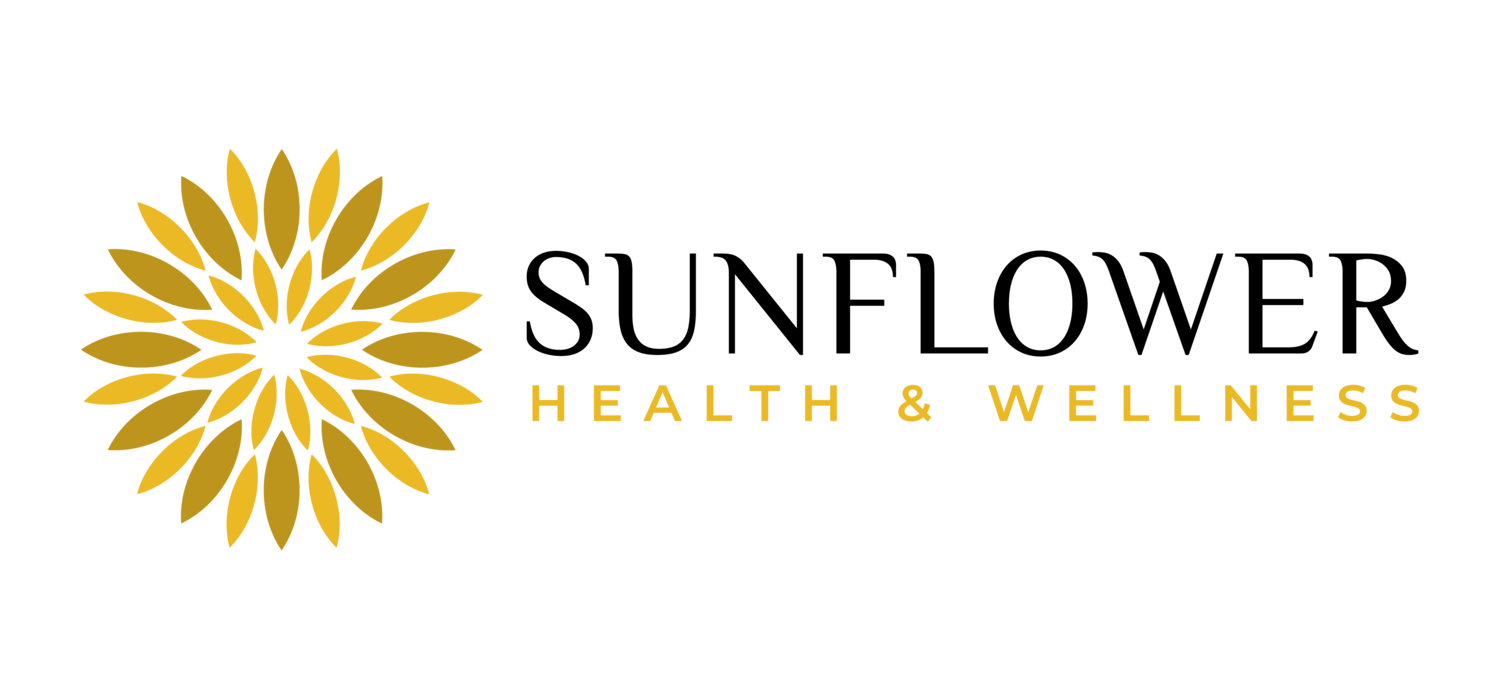Walk it off
You know how certain memories become family lore? You’re not certain if the memory has any truth left: it’s become legend and mythology, representing some key aspect of the person at the center of the recollection.
When I was young, I had an unfortunate habit of breaking my right ankle. I broke it 2-3 times between kindergarten and second grade. The second time I broke my ankle, I was playing basketball on our deck with my dad after watching a Sixers game. I dribbled toward the basket and completely forgot about the step on our deck which separated the upper and lower sections. I landed hard on my ankle and broke it, but we didn’t know that yet. I think my parents thought I twisted my ankle or got a bad bruise, but I was in a lot of pain. I heard my Dad say a refrain I had heard many times before when accidentally hurting myself as a child: “Walk it off, walk it off.”
I wasn’t able to walk it off. My parents eventually took me to the hospital to get an x-ray and a cast.
I really didn’t understand what my Dad meant when he said, “walk it off.” At the time, it felt ungodly cruel. First of all, I can’t walk right now. Second of all, that implies that my pain is unimportant! This pain will NOT go away easily! As an adult, now that I’m a nanny and Auntie, I understand the parental point of view better. Most kid injuries are minor, and the tears are more from shock than actual pain—tears at the injustice of the world or the scare of an unexpected tumble. “Walk it off” is like my version of, “You’re okay, take a deep breath, everything is alright.” We want to help kids move through the pain, rather than cling to it.
When I started seeing a therapist and psychiatrist after being diagnosed with PTSD in 2014, they recommended that I start using movement to improve my mental health. After being put on a lot of psychiatric medications in my youth, I was nervous to become reliant on the anti-anxiety drugs I needed to prevent and treat my panic attacks. Walking was the first holistic suggestion that my psychiatrist made, and I thought, “I can do that.” Not many things felt doable at the time, so it was notable and important that I had that reaction.
I went for a walk every day, often calling my Dad to talk while I made snakes going up and down the streets, walking in loops around my neighborhood. I had a lot to work though. I walked slowly. I walked in fog, rain, and heat. I walked and cried. I walked and listened to a book on tape or a podcast or music. On every walk, I passed by a tree with a knot at eye-height in the shape of a heart. I touched the heart knot every time, a tiny prayer for myself: you’re okay, take a deep breath, everything is alright.
I started walking when I was ill, but as I walked, as the years went by, I healed. I stopped having panic attacks. I stopped taking medication. I changed jobs, had relationships begin and end, walked with friends and walked alone. I’m still living in the same apartment, and I’m still walking those same loops, making those same snakes. I don’t “need” to walk like I once did, but walking still offers the same benefits.
Walking is like moving meditation: it creates a regular, steady heartbeat. The rhythm of your feet hitting the pavement will soothe you like a metronome. The fresh air, chirping birds, blue sky, passing clouds, falling leaves or blooming flowers will help you stay present. The nitrogen and fresh oxygen in the air will benefit your system, and the negative ions produced by trees and plants are one of the best things you can reap for your health[i]. Walking improves heart health, strengthens your bones, and increases circulation. It strengthens your muscles and helps you sleep[ii]. It supports cognition and lowers your risk of Alzheimer’s. Walking lowers your blood pressure; increases endurance; eases joint pain; boosts immunity, energy, and mood; extends your life; and helps increase creative thinking[iii]. It’s free and accessible to almost everyone. I really could not be more of a fan of walking—that’s why I recommend 2-3 walks/week to most of my clients.
Really, walk whenever you can. Walk to the store. Park at the far end of the parking lot and walk to your destination. Take a 10-15 min walk on your breaks at work. Walk after dinner to aid with digestion. Walk all bundled up in winter clothes to look at the holiday lights strung up on your neighbors’ homes. Walk along the beach, in the woods, on a treadmill. Walk slowly, walk as fast as you can, skip, dance down the sidewalk. Take a walk with a friend. Some of my best conversations have taken place while walking side-by-side with a best friend, slightly breathless, going on and on for hours, not realizing how far we’ve gone.
So, if you’re feeling off, if you’re anxious or restless, if you want to take an easy first step to improve your health, I offer you my Dad’s sage advice: walk it off.
Do you take regular walks? What is your favorite benefit from walking? Where do you most love to go for walks? Leave a comment below! Please share this article if you find it helpful.
Want to join my newsletter? Sign up below! You can also find me on Instagram, Twitter, and Facebook.
Stay safe and be well!
xoxo,
Sara
[1] https://www.ncbi.nlm.nih.gov/pmc/articles/PMC6213340/
[1] https://www.healthline.com/health/benefits-of-walking#how-to
[1] https://www.arthritis.org/health-wellness/healthy-living/physical-activity/walking/12-benefits-of-walking

